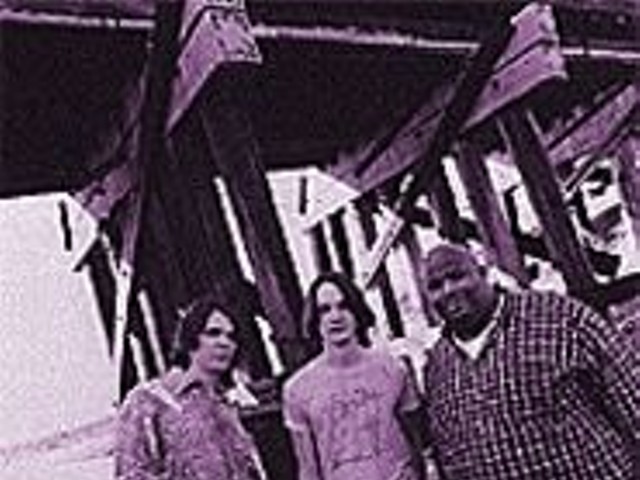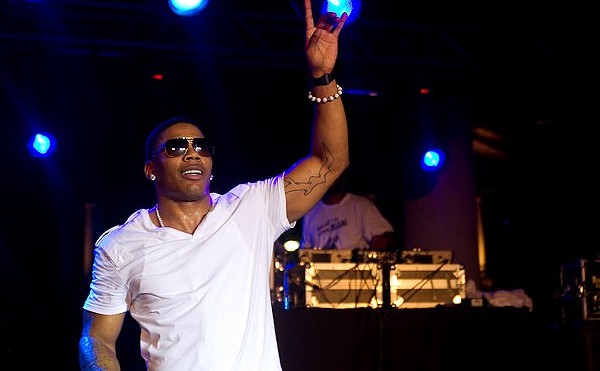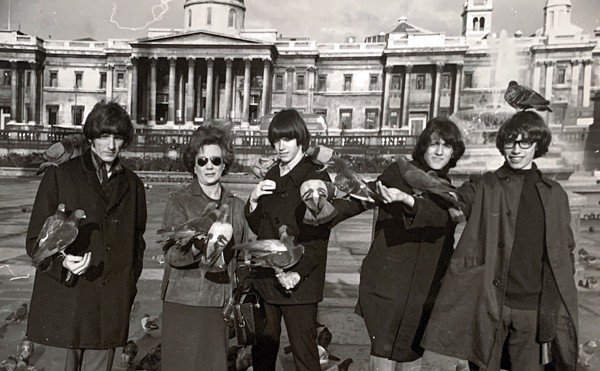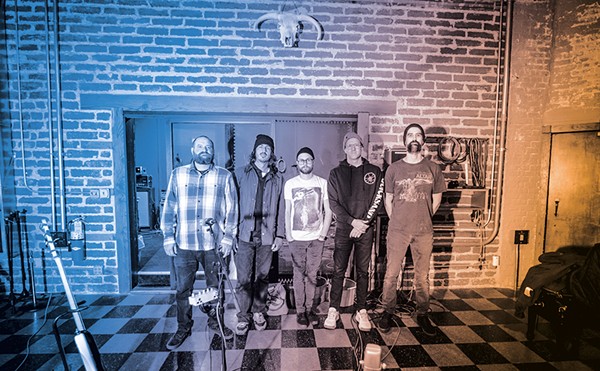Scholars disagree as to when the harpsichord came into existence, and though some find references to harpsichordlike instruments as early as the 14th century, the golden age of the clavecin, Flugel or clavicembalo (its names and variations are legion) extends from the 16th to the 18th century. By the 19th century, the piano had overshadowed the harpsichord, and most orchestras abandoned the instrument entirely. If a full-blown revival has never quite taken place, interest in Baroque music and a deeper understanding of just what lies behind the most ethereal of keyboard instruments have blossomed in the last 50 years. Craftsmen like Tkach have closely studied the work of the masters, applying modern techniques to designs of the past, making harpsichords that belong very much in the present.
Tkach recognized the need for such a revival as a student of classical music. "When I was an undergraduate in the '50s, I remember, we did the Bach "St. Matthew's Passion,' one of those monumental works. They took an upright piano and put tacks in the hammers to make it sound like a harpsichord. This was a full-blown performance. I thought that was kind of cheesy. I've dedicated part of my life to getting over that imitation-harpsichord stuff. But now there are electronic imitations. It's kind of like batting your head against the wall."
In 1965, Tkach began building his first instruments. "I made a dozen kits or so as a hobby, moonlighting," he says. "The first instrument I made without a kit was 8-and-a-half feet long, about as big as you could get for a historical instrument. I got the plan from the Smithsonian; it was made by Johannes Dulcken in 1745. I had gotten out of teaching full time, and I was doing church-choir directing. I liked making instruments, but I wanted to do my own thing. When you buy a kit, you're really restricted. And so we went all over to museums, gathering plans."
Building harpsichords involves a negotiation of the demands of wood and atmosphere, finding a fit between math and musicality, and, most important, attending to the whims and needs of individual clients, the musicians who will invest upwards of $10,000 in a custom-built instrument. "We always go from zero," Tkach says, "defining the instrument in a contract. I know makers who've gone from having something that's lying around that they take and then create an instrument. That can get you in trouble. If they don't tell a client what they've done, it's unscrupulous. It's like taking a used car and spiffing it up and selling it as if it were new."
The harpsichord community is a close-knit, passionate and scholarly one. Stories of craftsmanship pass by word of mouth, and builders develop names and reputations in far-flung places. Tkach says there's no such thing as a typical harpsichord buyer -- his clients, who come from across the United States, all seek a personal connection with the instrument. "They all have a love of baroque instruments," Tkach says. "Most play, and play a lot. They see the early keyboard instrument as something very unique -- although sometimes we have to educate people as to what might be best for them."
Given their baroque souls, harpsichords have traditionally been ornamented as a celebration of idiosyncratic abundance. Andrea Tkach, Peter's wife, taught English for years and eventually took over the slow, exacting labor of painting and gilding the soundboards and frames. "Peter was going to decorate one of his kits," Andrea says, "and he took a painting course and started painting the soundboard. It was so slow and painful. One day, I just said, "Give me that brush!' I've had it ever since."
Using egg tempera, a mixture of yolks and pigment (the traditional paint for harpsichords), Andrea applied the technique and imagery that have always lent harpsichords their unique status as works of art. "The decorations allow a client to express their own individuality," Andrea says. "It's an opportunity for someone to say, "This is my instrument. I want everything from Kentucky on it.' We did one for a dentist who wanted a tooth on the soundboard. He brought me the dentist bible, an anatomy of orofacial structures, and pointed out the tooth he wanted. I painted his tooth twice!" Andrea has adorned harpsichords with quirky scenes of animals (for a veterinarian), mottoes written in Hebrew, the image of a buyer's tattoo, art-deco cityscapes, simulations of Chinese brush painting, even a composite landscape of the Rocky Mountains that, in strict geographical terms, corresponded only to the buyer's own fantasy.
To get their "opuses" to their destinations, the Tkaches aren't about to rely on UPS. The makers personally deliver each instrument. "We delivered an instrument to a woman in North Carolina," Andrea explains. "She didn't want to hear anything about tuning it, regulating it, maintaining it. When we brought it in the room, she lifted up the lid, sat down and didn't quit playing for hours. But if we can deliver the instrument, set it up in someone's home or church or school, tune it, make sure the atmosphere is going to be correct, then you feel you've taken your child to a good adopted home." "Then you come home and have harpsichord postpartum depression," Peter adds with a laugh.
Given the esoteric nature of the instrument, it's no surprise that there are fewer than 30 harpsichord makers (those who build from historical plans, as opposed to kits) in the States. Together they form a network of history and technique -- sometimes the knowledge is exchanged; sometimes it's guarded obsessively. "You get to know builders who will share ideas," Peter says. "Others don't want to let any secrets out, so speak. If you need advice, after a while you find out who you can talk to. There are historical keyboard groups, a conclave of players and makers who are connected. We go to those periodically and talk to them, give feedback back and forth."
Though the Tkaches, who are now up to Opus 81, work alone in their home, they do not labor in isolation. On their Web site, www.tkach-harpsi.com, anyone can find images of their work and follow the process of construction, step by step. The Internet, it turns out, has become one of the key modernizing techniques in the builders' historical work. "We really communicate with the client," Andrea says. "With the advent of e-mail, it's become so much easier. We can talk about any step of the process. We constantly e-mail back and forth designs, ideas, paint samples, gilding samples and drawings."
But no technology could ever fathom the enduring allure of the harpsichord; as sentimental as it may be, the sound of a well-built harpsichord, based on geometry and materials that have stood the test of time, is still fundamentally mysterious. "It's a very sweet, angelic sound," Peter says. "It makes you feel more precious or connected to the universe. It has more soul. The piano has strength, but the harpsichord touches your inner being a little more closely. That's my own feeling."





